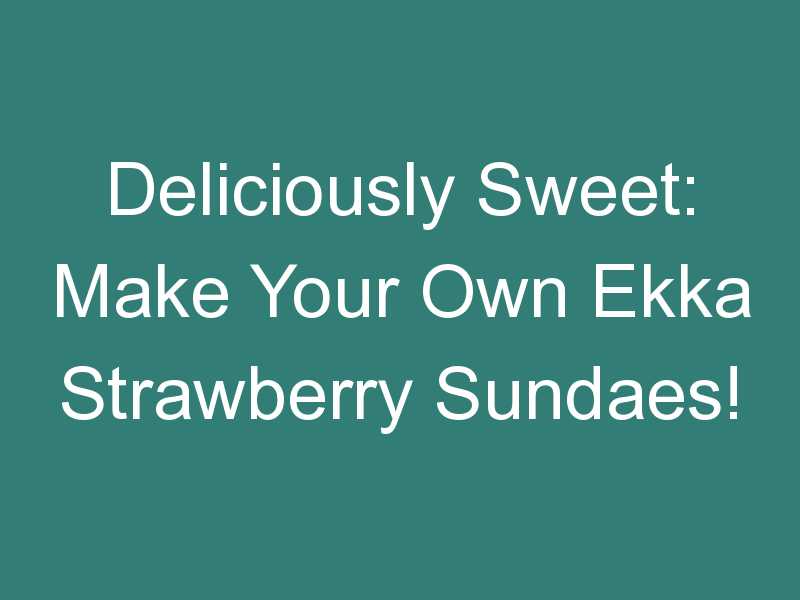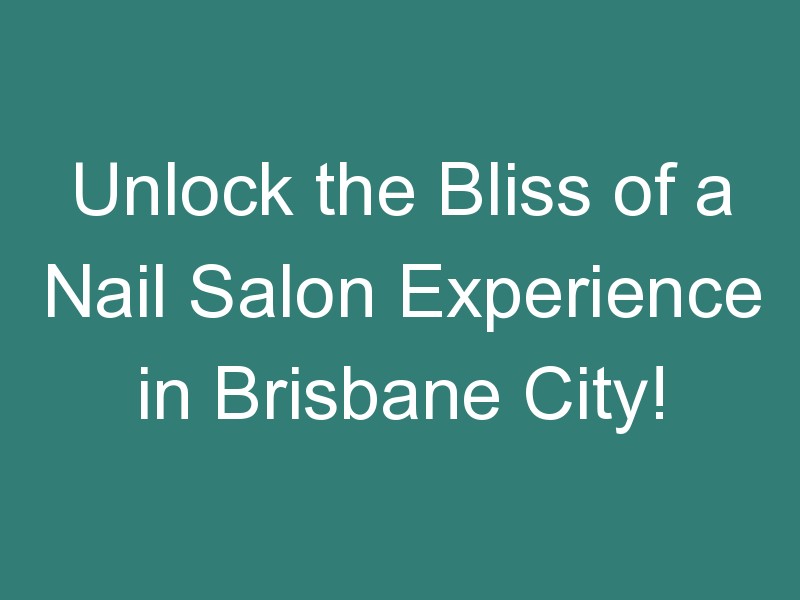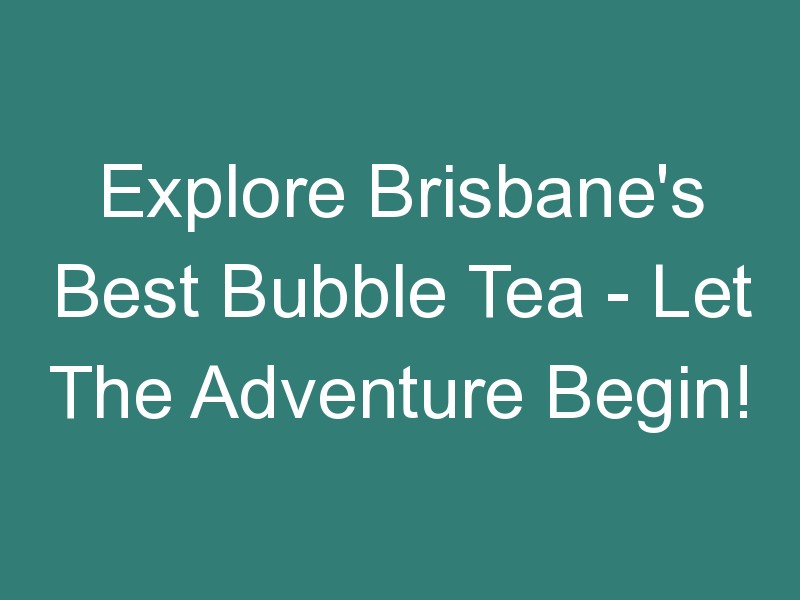Welcome to ARFRA.
Welcome to the official Australian Rare Fauna Research Association website.
The purpose of this website is for the release of official ARFRA Policy, and to create a mechanism for the reporting of sightings.
ARFRA is a voluntary, not for profit research organisation dedicated to recording and investigating sightings of unusual animals.
Since its inception in 1984, ARFRA has collated and analysed over 10000 reports of animals resembling Pumas, Panthers and Tasmanian Tigers, together with numerous reports of unidentified birds, reptiles & amphibians from all parts of Australia.
Reports have also been received of footprints, vocalisations, kills and other indications. Members have conducted over 2100 field investigations into these phenomena.
The ARFRA database is the most detailed compilation of this kind of information in Australia, and is constantly expanding as new records are added.
All visitors to this site are encouraged to report any such information, even if the event occurred some years ago. Your report may corroborate a sighting from another person in the same area at the time, lending support to your observation and perhaps adding a piece to the jigsaw of research into these animals.
News

Deliciously Sweet: Make Your Own Ekka Strawberry Sundaes!
Deliciously Sweet: Make Your Own Ekka Strawberry Sundaes! Ekka strawberry sundaes are a classic Australian dessert that can be enjoyed by both kids and adults alike. They're a staple of the annual Ekka show in Brisbane, Australia, where they have been served since...

5 Best Cafes for Sunshine Coast Lovers: Enjoy the Local Flavours and Atmosphere!
5 Best Cafes for Sunshine Coast Lovers: Enjoy the Local Flavours and Atmosphere! The Sunshine Coast of Australia is renowned for its beautiful beaches and stunning hinterland, making it a popular holiday destination for those from within Australia and from all over...

Let’s Toast to Happy Hour at Brisbane’s Best Bars!
Let's Toast to Happy Hour at Brisbane's Best Bars! We all love happy hour - it's the perfect way to kick off the weekend, or to break up a long work week! Brisbane is full of great bars and restaurants, and many of them offer fantastic happy hour deals. There's no...

Say Goodbye to Dull Hair and Hello to Balayage in Brisbane!
Say Goodbye to Dull Hair and Hello to Balayage in Brisbane! Goodbye dull, lifeless hair, and hello vibrant colors that move naturally with your hair! Balayage is one of the most talked about hair trends in Brisbane, Australia, and it’s quickly gaining popularity due...

Wake Up to the Best Noosa Breakfast- the Perfect Start to Your Day!
Wake Up to the Best Noosa Breakfast: The Perfect Start to Your Day! Noosa, Australia is widely known as one of the most beautiful and exciting holiday destinations in the world. From its stunning sun-kissed beaches to its lush national parklands and abundance of...

Get Ready for the Best Manicures in Brisbane City: Nail Salons You Can’t Miss!
When you're looking for the best manicures in Brisbane City, it can be daunting – there are so many options to choose from! But don't worry, we've done the work for you. We've compiled a list of the top nail salons in Brisbane City, so you can get the perfect manicure...

Experience the Best Facial Experiences in Brisbane with the Best Facialist!
Experience the Best Facial Experiences in Brisbane with the Best Facialist! If you're looking for the very best facial experiences in Brisbane, then you should definitely look into the top-rated facialist in the city. Facials are a great way to relax, exfoliate, and...

Tempt Your Taste Buds with the Best Brisbane Cocktails!
Tempt Your Taste Buds with the Best Brisbane Cocktails! Brisbane is one of Australia's most vibrant cities, and it's no surprise that it is also home to some of the best cocktails in the world. Whether you're looking for something classic or something a bit more...

Unlock the Bliss of a Nail Salon Experience in Brisbane City!
Unlock the Bliss of a Nail Salon Experience in Brisbane City! When it comes to beauty, there is nothing more enjoyable than a good nail salon experience. It is a great way to relax, pamper yourself, and enjoy the feeling of being taken care of. If you’re in Brisbane,...

Explore Brisbane’s Best Bubble Tea – Let The Adventure Begin!
Explore Brisbane's Best Bubble Tea - Let The Adventure Begin! Are you ready to explore Brisbane's unique and delicious bubble tea scene? For those unfamiliar, bubble tea (also known as pearl milk tea or boba tea) is a Taiwanese tea-based drink that is typically served...
